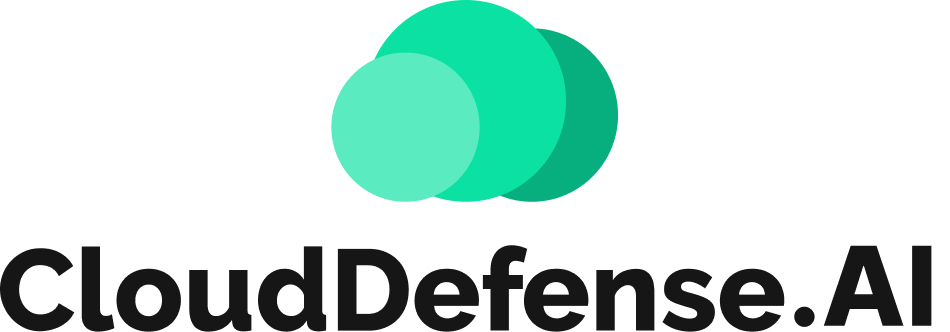For decades, Static Application Security Testing has been benefiting organizations to uncover vulnerabilities in the development environment. It helps organization secure their source code and offers a certain degree of security API and packages.
However, with the pace at which modern cybersecurity is evolving, this legacy security tool cannot cope. Moreover, the shift left approach with SAST is increasing the burden on developers. According to a GitHub survey in 2023, developers spend most of their time identifying and fixing vulnerabilities besides developing. Organizations needed a powerful tool that would eliminate the shortcomings of SAST and provide better code, package, and API security.
Enter QINA Clarity AI. It is a Next-gen AI SAST tool that efficiently and effectively secures the complete application supply chain, ranging from source code and external packages to APIs. Read on to learn about QINA Clarity AI and how it provides code, package, and API security.
QINA Clarity AI
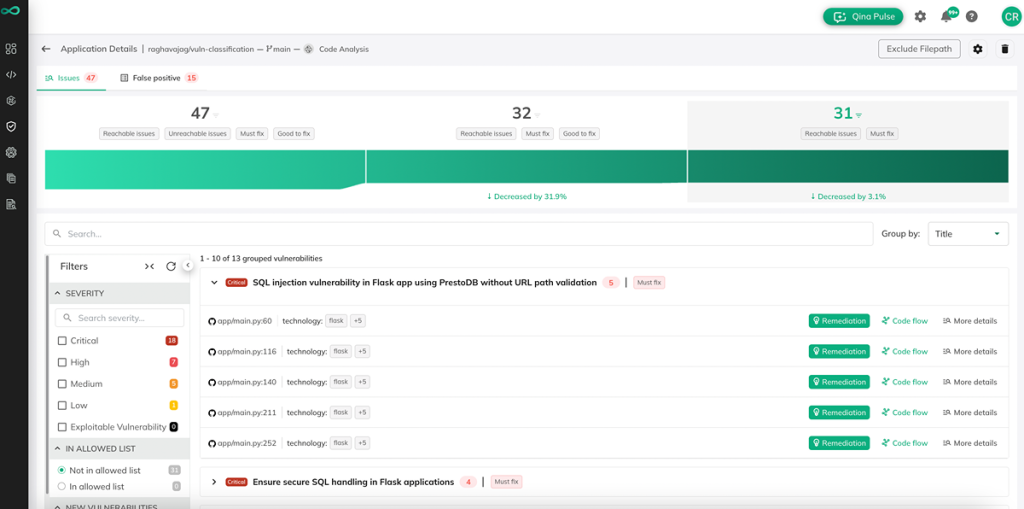
QINA Clarity AI is an advanced SAST tool from the leading cybersecurity organization- CloudDefense.AI. At its core, this AppSec tool leverages AI, ML, and LLM analysis for highly accurate vulnerability detection.
It provides intelligent security scanning to secure code, package, and API associated with the application. It is not just another code scanner, it serves as a smart security assistant for developers. It helps in reducing false positives and empowering developers and security teams to quickly fix vulnerabilities.
Standard SAST tools can’t understand code context and differentiate reachability. But QINA Clarity AI erodes that gap by providing vulnerability context and bringing intelligence to code reachability. This AI SAST tool moves beyond the standard rule-based detection process. It understands the code, provides a clear risk analysis, and provides an implementable remediation solution. Unlike others, this AppSec solution provides a complete visual code flow analysis to highlight the path of user input to SQL injection.
The 4-stage intelligent analysis pipeline is what sets it apart when it comes to QINA Clarity vs Snyk comparison and other AI SAST tools. The 4-stage analysis comprises:
- Identifying dead codes and highlighting the reachability of each vulnerability.
- Extracting context for LLM analysis.
- A thorough LLM analysis provides an insightful vulnerable assessment with reasons.
- Intelligent classification with actionable reports on must-fix and false positives.
As a result, QINA Clarity AI reduces false positives in code scans by 40 % and ensures optimum dev velocity. It also provides vulnerability tags like OWASP and SANs to provide a clear risk analysis to developers.
How QINA Clarity AI Secure Code, Packages, and APIs
QINA Clarity AI is a multifaceted AppSec tool that utilizes modern technologies and self-learning capability to intelligently detect vulnerabilities. Besides securing code, it provides a significant enhancement in package and API security, safeguarding the supply chain. Here is how it addresses code, package, and API security:
Complete Code Security
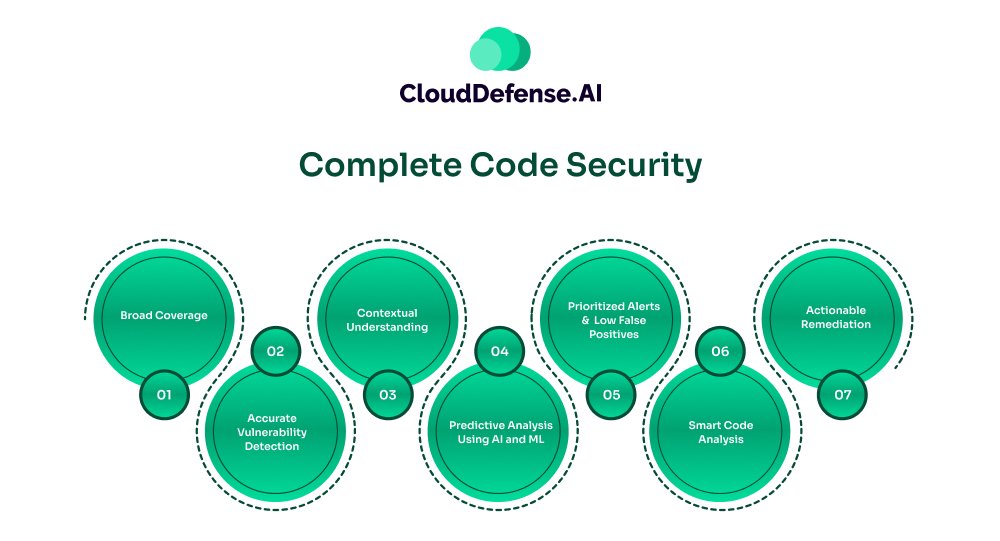
QINA Clarity AI goes beyond standard pattern matching and rule-based vulnerability detection for code security. It uses ML and AI to get a deeper insight into code and uncover all the actual threats. It offers code security by employing:
- Broad Coverage: This AI-backed CloudDefense.AI SAST tool is trained on multiple languages and millions of lines of code. It has adapted itself to a wide range of frames and tech stacks in modern development, enabling it to cover a wide variety of code.
- Accurate Vulnerability Detection: It holds the capability to identify complex vulnerabilities by assessing their context and analyzing them against an evolving vulnerability database. It assesses the reachability and intricate details in the code to uncover threats that traditional tools might not be able to detect.
- Contextual Understanding: This AI SAST emphasizes analyzing the entire codebase along with its dependencies and frameworks to learn about the context and intent. It also analyzes reachability to understand which vulnerabilities are possible threats. Through its 4-stage analysis, it analyzes all the security findings for identifying dead code and extracting context from reachable findings.
- Predictive Analysis Using AI and ML: QINA Clarity through its predictive analysis can identify potential security threats especially those provided by AI code editors. It makes use of AI and ML to use any evolving patterns and identify vulnerabilities with subtle security flaws that other tools might not detect.
- Prioritized Alerts and Low False Positives: This tool is continuously learning from various vulnerability databases and utilizes feedback loops to distinguish actual security threats from others. Most importantly, this CloudDefense.AI SAST tool makes use of 4-state AI analysis pipelines where it uses LLM analysis to interpret possible risks and perform smart classification to highlight all the false positives. It enables the DevSec team to focus on actual threats and avoid security alerts that are false positives.
- Smart Code Analysis: To provide complete code security, it leverages smart code analysis. This process doesn’t scan the entire code when a new code is added or modification is done. It performs intelligent scans for the particular code addition or change along with associated code segments and dependencies.
- Actionable Remediation: A key highlight of this tool is that it provides actionable remediation steps in real time to developers. It doesn’t offer any statement, rather it provides a step-by-step solution that developers can readily implement to solve all the issues. It offers context-aware and intelligent suggestions to ensure optimum code security.
Secure Software Chain With Package Security
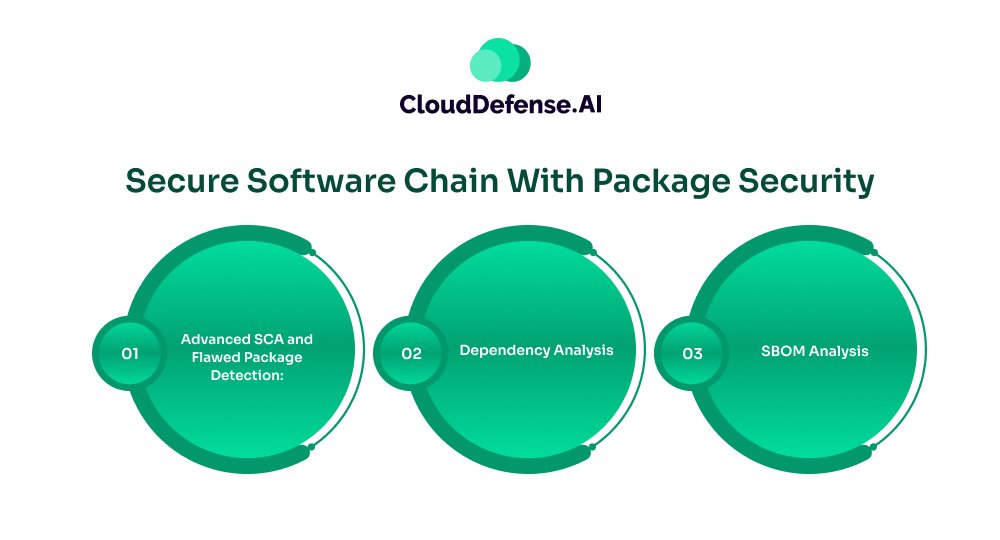
Modern applications come with a complex architecture that comprises codes and multiple third-party packages along with open-source components. This introduces serious threats to the software supply chain and exposes the application architecture. QINA Clarity AI extends its capability to secure the packages by offering:
- Advanced SCA and Flawed Package Detection: QINA Clarity AI makes use of advanced software composition analysis to identify known vulnerabilities and nuanced malicious patterns in the dependencies. It holds the capability to analyze malicious activity or suspicious code to identify malicious packages that could lead to supply chain attacks. It also analyzes the metadata and historical data to safeguard the application from any evolving security threat.
- Dependency Analysis: This AppSec tool from CloudDefense.AI performs extensive analysis of all dependencies associated with applications along with the newly added ones. It not only helps in proactive vulnerability detection but also provides feedback about security posture. It enables developers and security teams to decide the course of action for the packages.
- SBOM Analysis: The AI-powered SAST tool holds the prowess to create a Software Bill of Materials and analyze it. It helps developers understand all the components and packages associated with the application and plausible attack vectors. As a result, teams can build security strategies and minimize any impact.
Proactive API Security
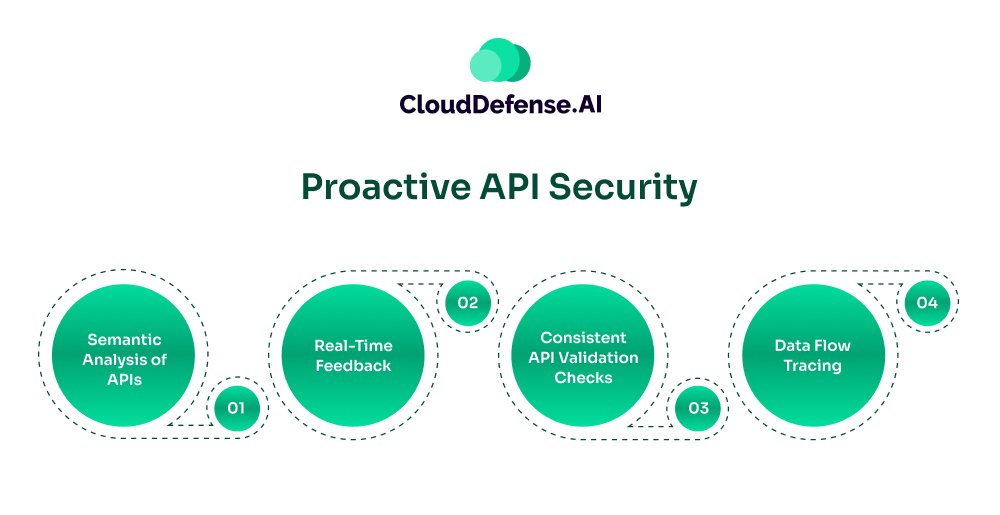
For modern applications, API serves as one of the key components. It is vital for organizations to protect it as they have a lot of attack surfaces. QINA Clarity AI extends its capability by offering proactive API security:
- Semantic Analysis of APIs: This AI SAST tool analyzes all the API specifications, codebase, and traffic patterns to understand the context and business logic. By analyzing the semantics, it can uncover unnecessary data exposure, BOLA, IDOR, and other security flaws.
- Real-Time Feedback: QINA Clarity AI seamlessly integrates with the CI/CD pipeline to continuously monitor and analyze all the API modifications. This enables the AI SAST to provide alerts to the developers and security teams regarding any possible security vulnerability.
- Consistent API Validation Checks: This AppSec tool automates the process of consistently validating API specifications. It ensures the APIs comply with all the security best practices and organizational security policies. This approach helps in preventing vulnerability from exploiting the APIs and maintaining overall application security.
- Data Flow Tracing: It also traces the path of data flow through the APIs associated with the application and identifies any unauthorized exposure. As a result, it helps organizations handle data properly and prevent any exploitation.
Exclusive Security Benefits QINA Clarity AI Brings in the SDLC
QINA Clarity is based on the foundation of traditional SAST but it goes beyond the capability of standard SAST. It offers organizations with enhanced security benefits, delivering more proactive, robust, and intelligent application security. Here are those security benefits:
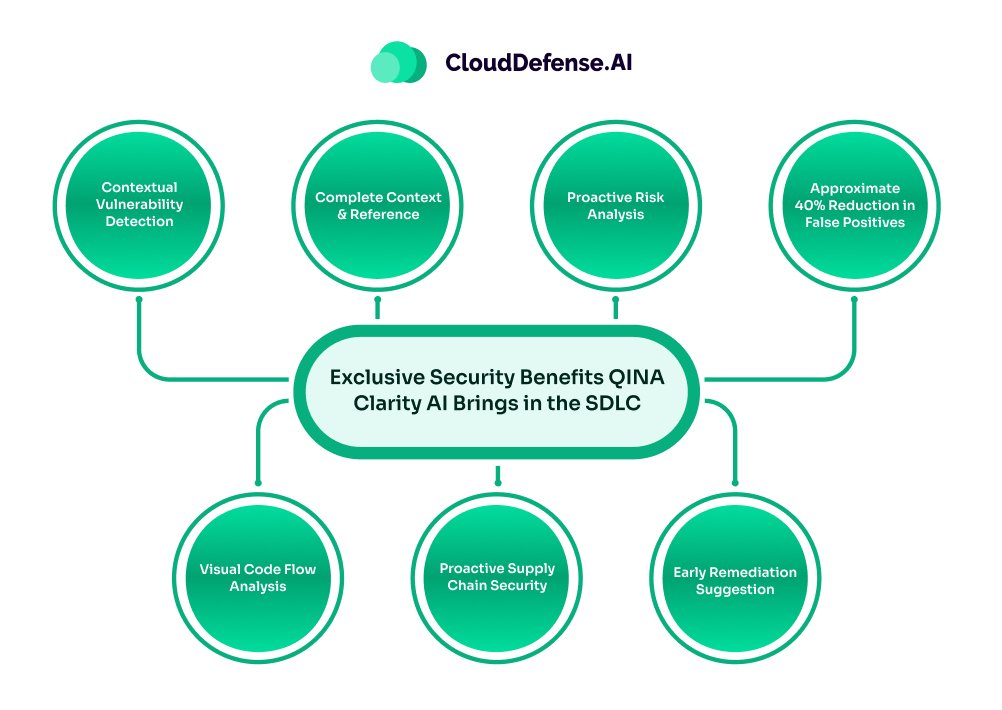
- Contextual Vulnerability Detection: Unlike traditional SAST, QINA Clarity AI makes use of machine learning, LLM analysis, and AI to understand the context of code and identify vulnerabilities. It understands the intent and business logic before flagging a security finding.
- Complete Context & Reference: This AppSec tool not only scans codes and identifies vulnerabilities but also extracts context for the security findings. It provides a complete vulnerability context along with reference technology tags for better understanding.
- Proactive Risk Analysis: Modern developers are gradually moving towards AI SAST tools like QINA Clarity AI as it provides a detailed risk analysis. It provides the DevSec team with complete details about the exploitability of the vulnerability and its business impact.
- Approximate 40% Reduction in False Positives: This AI SAST from CloudDefense.AI significantly reduces the noise of false positives. Based on recent case studies, the tool reduces false positives by almost 40% using its intelligent 4-stage analysis process. Through this process, it not only fetches developers whose security findings are false positives but also the one that requires immediate action.
- Visual Code Flow Analysis: QINA Clarity AI presents the development team with a complete visual code flow. It showcases how the user input in the development workflow reaches the vulnerable execution. This enables the team to secure the application in a better manner.
- Proactive Supply Chain Security: This tool is not only about secure code but also the packages and APIs associated with it. It utilized advanced analysis and identification techniques to secure all the APIs and packages.
- Early Remediation Suggestion: Since this tool integrates early in the CI/CD pipeline, it identifies all the vulnerabilities at the earliest and provides actionable remediation suggestions. The suggestions are easy to implement and don’t hamper productivity.
Conclusion: Tangible Future of QINA Clarity AI
QINA Clarity AI is a revolutionary tool that provides organizations with a powerful AI SAST for their application development environment. It is continuously learning and coming up with better detection capabilities to identify vulnerabilities in code, package, and APIs in an application. The future of QINA Clarity AI is bright and it is poised for advanced analysis techniques, enhanced integration, and continuous innovation.
Although it has a long way to go, this AI SAST is already offering organizations with sophisticated AI models that other tools hardly offer. CloudDefense.AI is also working to make it work collaboratively with other AppSec tools and provide better customization. If you are planning to integrate a next-gen AI SAST for better code, package, and API security, book a demo of our tool.
